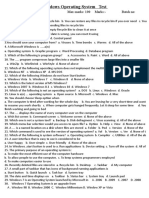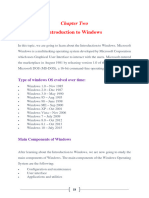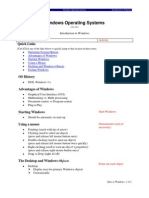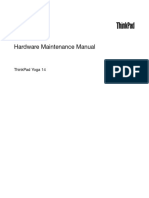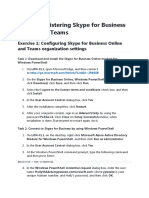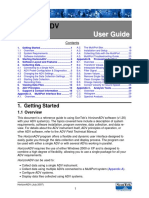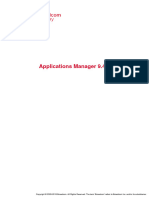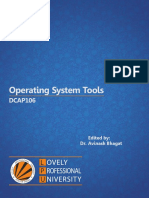0% found this document useful (0 votes)
13 views3 pagesWindows Operatiing System Notes
The document provides a comprehensive list of interview questions and answers related to the Windows operating system, aimed at freshers. Key topics include the differences between Windows and DOS, the purpose of various tools like Task Manager and Control Panel, and features such as Windows Defender and BitLocker. It also covers user account types, system management tools, and the differences between Windows 10 and Windows 11.
Uploaded by
gousebagban09Copyright
© © All Rights Reserved
We take content rights seriously. If you suspect this is your content, claim it here.
Available Formats
Download as PDF, TXT or read online on Scribd
0% found this document useful (0 votes)
13 views3 pagesWindows Operatiing System Notes
The document provides a comprehensive list of interview questions and answers related to the Windows operating system, aimed at freshers. Key topics include the differences between Windows and DOS, the purpose of various tools like Task Manager and Control Panel, and features such as Windows Defender and BitLocker. It also covers user account types, system management tools, and the differences between Windows 10 and Windows 11.
Uploaded by
gousebagban09Copyright
© © All Rights Reserved
We take content rights seriously. If you suspect this is your content, claim it here.
Available Formats
Download as PDF, TXT or read online on Scribd
/ 3

















